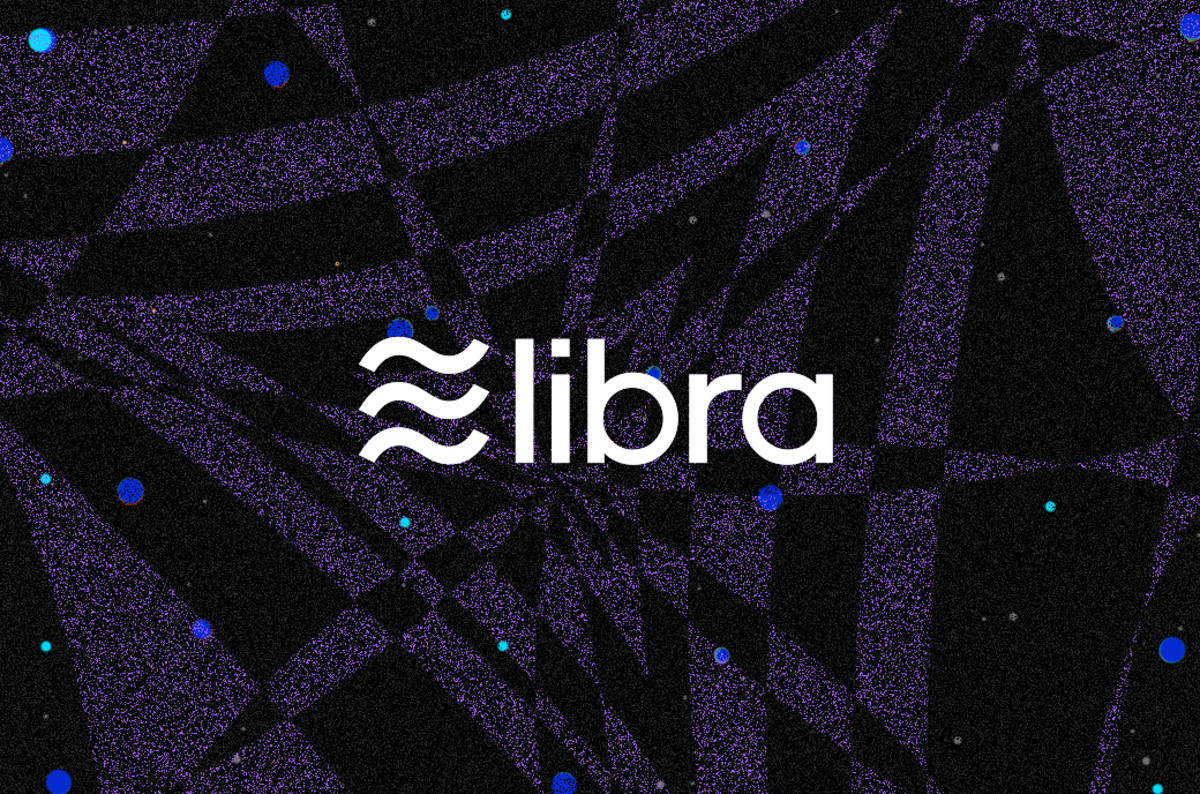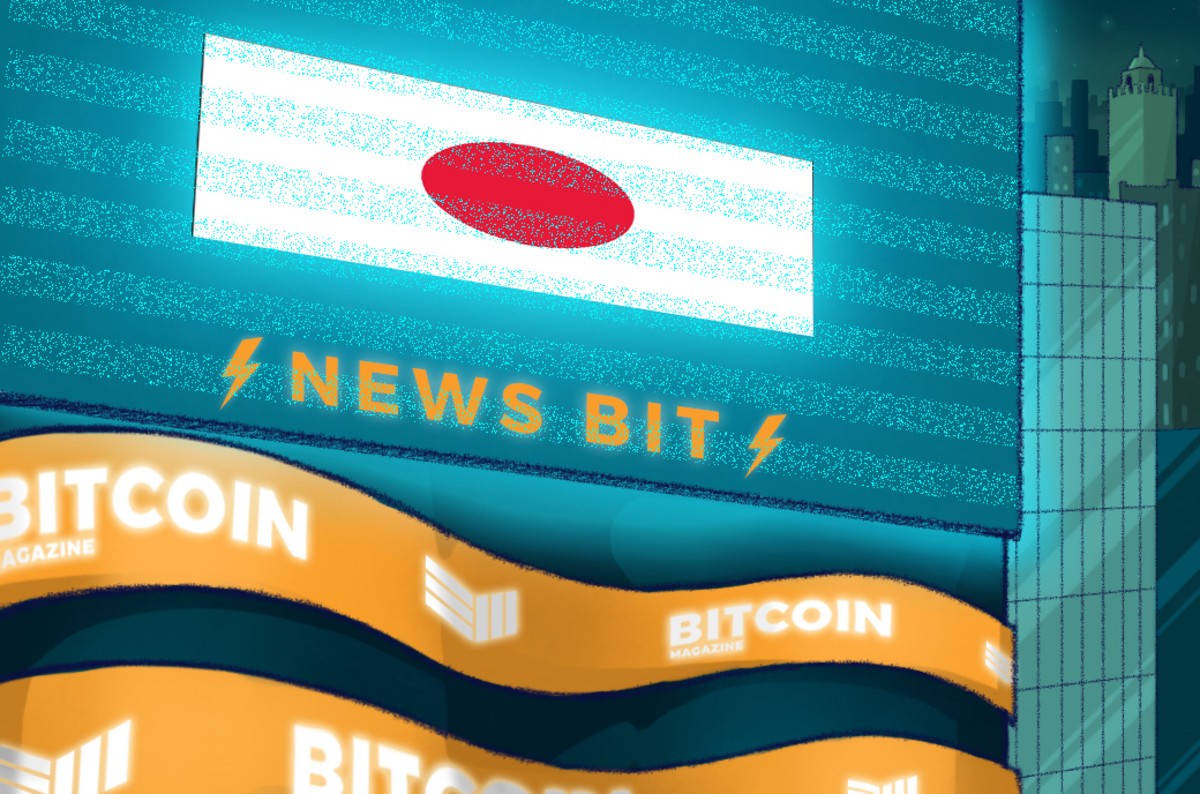
This Might Be Facebook’s Real Plan for Libra
Facebook released the white paper for its Libra “cryptocurrency” on Tuesday, and it received mixed reactions from individuals involved in the tech and finance industries.
For the most part, Bitcoiners view the upcoming launch of Libra as a nonevent — basically just PayPal with the “blockchain” buzzword tacked on to it. I tend to agree with this line of thinking.
On the other hand, there are plenty of venture capitalists and altcoin promoters who are excited about Libra’s potential to bring the idea of cryptocurrency to a much larger user base.
Although my views on Libra haven’t changed much since the release of the white paper, it is now much easier to understand Facebook’s ultimate plan for global monetary domination. To fully understand Facebook’s goals, it’s important to dig into how Libra will function at launch and compare it to the “permissionless” version that it may evolve into over time.
Libra 1.0
The basic version of Libra that will launch next year should not be interesting to anyone who has been in the Bitcoin space for an extended period of time. Those who are familiar with decentralized-in-name-only altcoins like Ripple’s XRP will be able to understand rather quickly why Libra is not interesting.
For now, the plan is to put control of the Libra network in the hands of 100 publicly identifiable consortium members. This is quite different from Bitcoin, in which the miners in the system are dynamic and potentially anonymous. It is this particular aspect of the Bitcoin system that makes it interesting because it enables things like a monetary policy that is extremely difficult to change and censorship-resistant transactions that allow payments to be made without any hiccups. As I’ve written in the past, it is questionable at best to refer to systems that do not have these sorts of features as cryptocurrencies at all.
On top of the consensus-by-consortium structure, Libra is also backed by traditional fiat currencies held in bank accounts. This is a nonstarter for any true cryptocurrency because it creates the same sort of centralized point of failure that led to the downfall of the old gold-backed digital currency systems such as E-gold and Liberty Reserve.
With the 100 publicly known consortium members and the fiat currencies held in bank accounts, there is no way that governments will allow Libra to be used for anything unique outside of what is already available via traditional online payment systems like PayPal. These centralized points of failure make it easy for regulators to come in and force the network to comply with know-your-customer (KYC), anti-money laundering (AML) and other financial regulations. Additionally, the fact that Libra is backed by a basket of fiat currencies means its monetary policy is still in the hands of central bankers.
Libra 2.0
Although the issues associated with the original version of Libra are obvious, the associated white paper also mentions a plan to decentralize the project into a permissionless system over a five-year period. The specific details of how this evolution will occur are not explained in the white paper, but according to TechCrunch, there is a planned move to a model based on proof of stake (PoS).
A key issue with this plan is that the original version of Libra will be backed by fiat currencies held in bank accounts. As long as that tie to the legacy banking system remains, it is impossible for Libra to operate in a truly permissionless manner.
This leads to the theory that the fiat backing involved with Libra will eventually be removed, leaving the digital currency’s price to float freely on the open market. In other words, the consortium of 100 corporations and other entities behind Libra will become the de facto central bankers of the system.
This is not dissimilar to how fiat currencies were originally backed by gold and how that tie to gold was slowly removed over time.
As the central bankers of the system, the consortium would be able to run the printing presses as they see fit. While governments often dilute the value of their currencies to pay off debts or increase spending, a consortium behind a privately issued currency may decide to increase the monetary base in order to increase their own profits or respond to some outside political influence.
Either way, the end result is centralized management of monetary policy. Whether at a national or international level, it’s only a matter of time before the creation and distribution of new money becomes politicized.
Meet the new boss, same as the old boss.
It Won’t Get That Far
Of course, it’s extremely unlikely that governments would even allow something like Libra to exist in the first place. Jorn Lambert of Mastercard, which is one of the original 28 Libra consortium members, has stated that the project may not even launch if there is too much pushback from regulators. Additionally, lawmakers in the United States and Europe are already sounding the alarm. And it should be noted that these concerns are just related to the 1.0 version of Libra.
The main concerns from governments are: (1) Libra transactions will not be sufficiently traceable and lead to various forms of money laundering, terrorist financing and illicit commerce, and (2) governments will lose the ability to control and manage the local monetary supply.
Simply put, governments will not allow a centralized digital currency like Libra to do the things that Bitcoin was created to do. Again, if Libra is allowed to exist, it won’t do much of anything that PayPal can’t already do.
Additionally, there is no reason for Libra to retain its value if the fiat currencies that back it are eventually removed.
Bitcoin has value because it’s decentralized, apolitical and permissionless. It’s digital gold. Government-issued currencies have value because governments have armies and law enforcement that can force people to use those currencies. Unless the Libra consortium plans on raising an army, this new digital currency will eventually have only the worst features of both bitcoin and fiat currencies.
This is a guest post by Kyle Torpey. Opinions expressed are entirely his own and do not necessarily reflect those of BTC Inc or Bitcoin Magazine.









